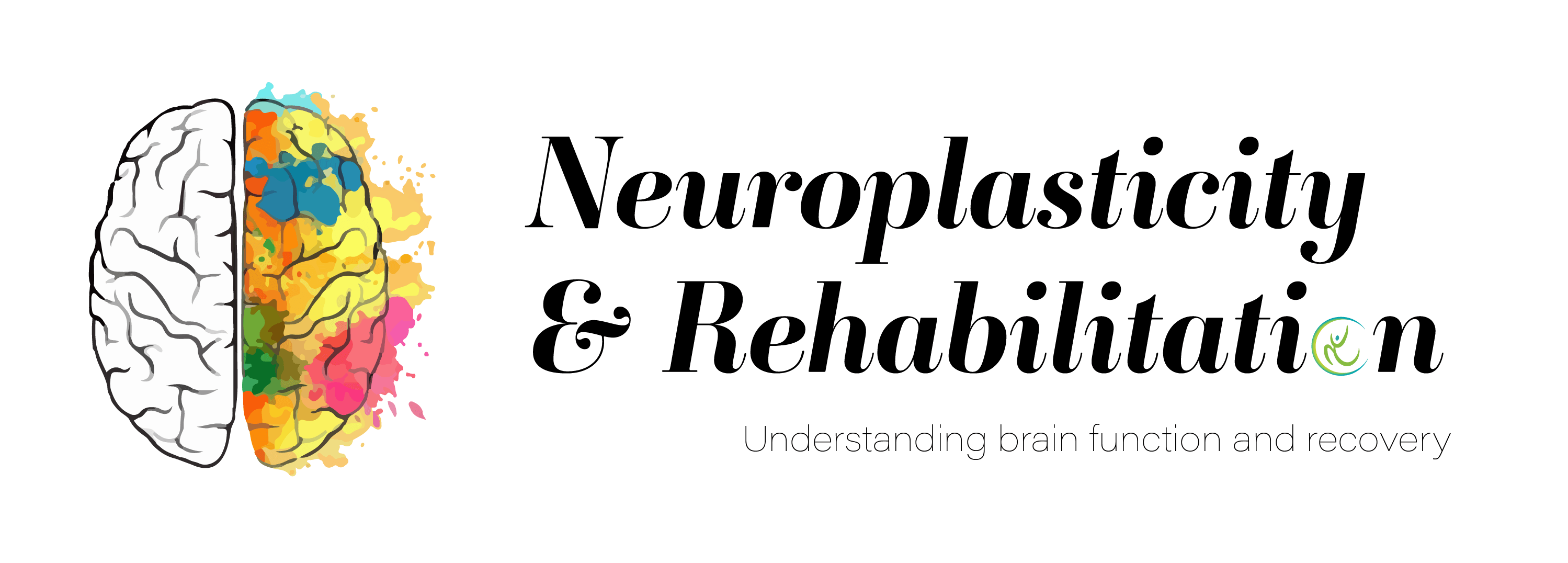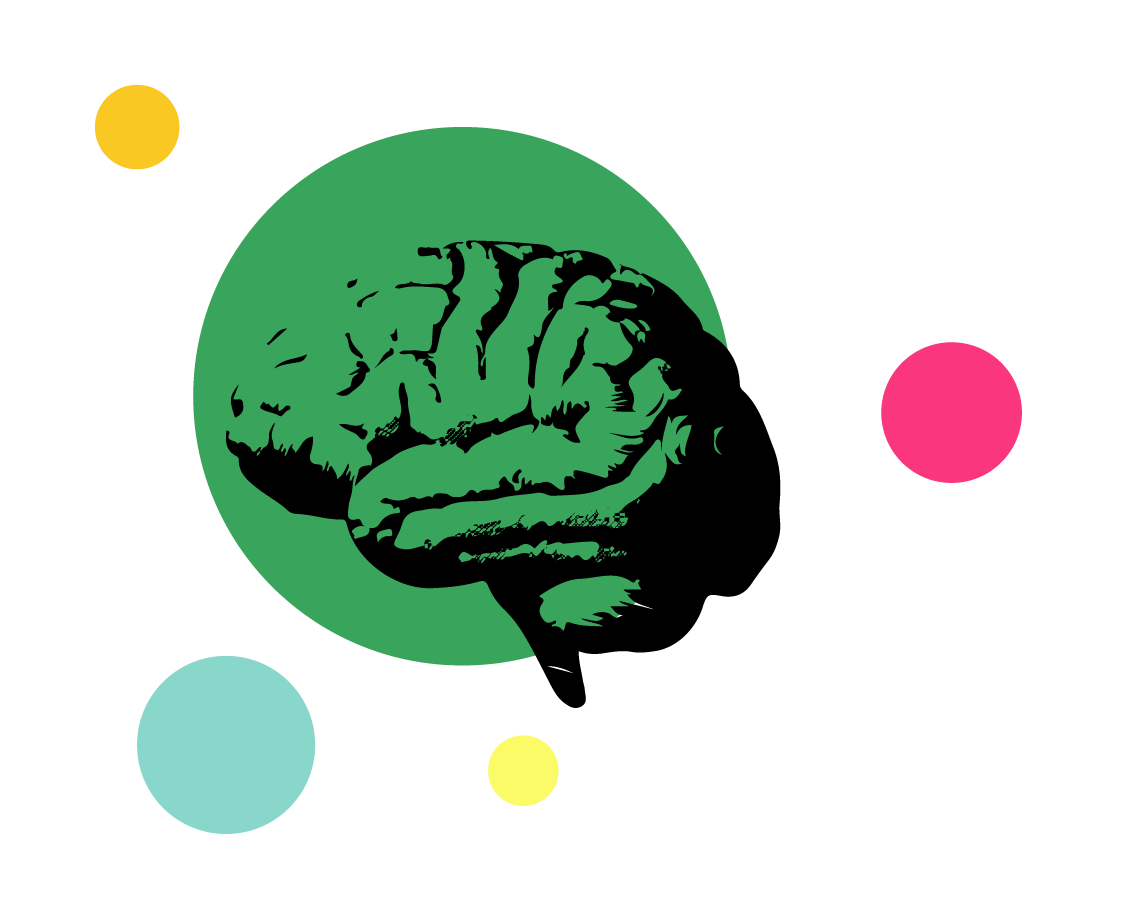
As we all know, the most constant thing in life is change.
This goes without saying that our thoughts and behaviors throughout our lifetime are also subject to change. This change is known as neuroplasticity, where our brain continuously adapts and modifies its structures according to the variations in our experiences and learning. When we were younger, we may have been told that repetition helps us remember a concept. Through constant repetition of a thought or feeling, we are reinforcing a neural pathway and making it stronger, which ultimately leads to changes in how our brain works. The goal of rehabilitation is to strengthen beneficial pathways to help regain the thoughts and actions which have faded away due to illness or injury.
The terms “use it or lose it” or “practice makes perfect” is a good way to describe one principle of neuroplasticity. This principle states that the more we think or perform in a certain way, the better we get at it, and less occurring thoughts and actions fade away. Our everyday thought processes and actions significantly mold us into who we are.
For example, those who remain bed-bound for a long period of time, become deconditioned and unable to use their muscles as well as before. They require ambulation training to re-establish the associated neural circuits. It is important to keep in mind that younger individuals are able to have greater transformations in their brain, however, as we get older, we become less adaptable to change or fixed in how we learn, perceive our environment, and think about the world around us.
Training a specific brain function in order to enhance that function is another way neuroplasticity takes place. For example, many stroke survivors may present with a weaker side of their body, leading them to use their stronger side in daily tasks and neglecting their weaker limb due to difficulties. By restraining an individual’s stronger side and compelling the client to use their affected side when performing everyday activities, stronger neural connections are being formed, which leads to better functioning in the weaker limb.
It is important to ensure that the nature of one’s training is specific to the nature of the plasticity (e.g. physical exercises would lead to better muscle movement, whereas physical exercises may not necessarily help improve one’s ability to smell). It is also essential to ensure that particular activity, such as shoulder flexion exercises, can be transferred to real-world activity, such as placing dishes from a counter to a cupboard. In addition, intensity is an important factor to consider during recovery. The more intensively an individual engages in a therapy program, the more likely they are to see results and maintain these changes over a long period of time.
Injuries and illnesses can have large effects on one’s physical, emotional, cognitive, and/or social well-being. It is important to note that the goal of rehabilitation is to not only ensure that the right practices are being employed, but also that the timing of these practices is correct. After incidents, individuals want to return to their previous level of functioning as soon as possible. Providing opportunities for recovery through neuroplasticity helps support one’s recovery early on before maladaptive behaviours occur, such as cognitive distortions (negative thinking patterns) or weakened muscles due to prolonged sedentary behaviour. Oftentimes, depending on the stage of recovery, individuals may have developed compensatory behaviours for deficits (e.g. using poor body mechanics to avoid pain). That being said, with neuroplasticity, “wiring” better pathways together may require “unwiring” previously strengthened pathways first.
About the Author:
Hi! I’m Sonia Sharma and I am an Occupational Therapist at Health Bound.
My passion lies in neurological rehabilitation with a focus on the assessment and treatment of functional limitations due to physical, cognitive, and psycho-emotional impairments. At Health Bound I provide services in various areas of clinical practice, such as an acquired brain injury, or a stay at the hospital. In my spare time, I enjoy cooking and baking especially vegan cooking. Hope you enjoyed this week’s blog connect with Health Bound on social media for updates about when the next blog will be published!




